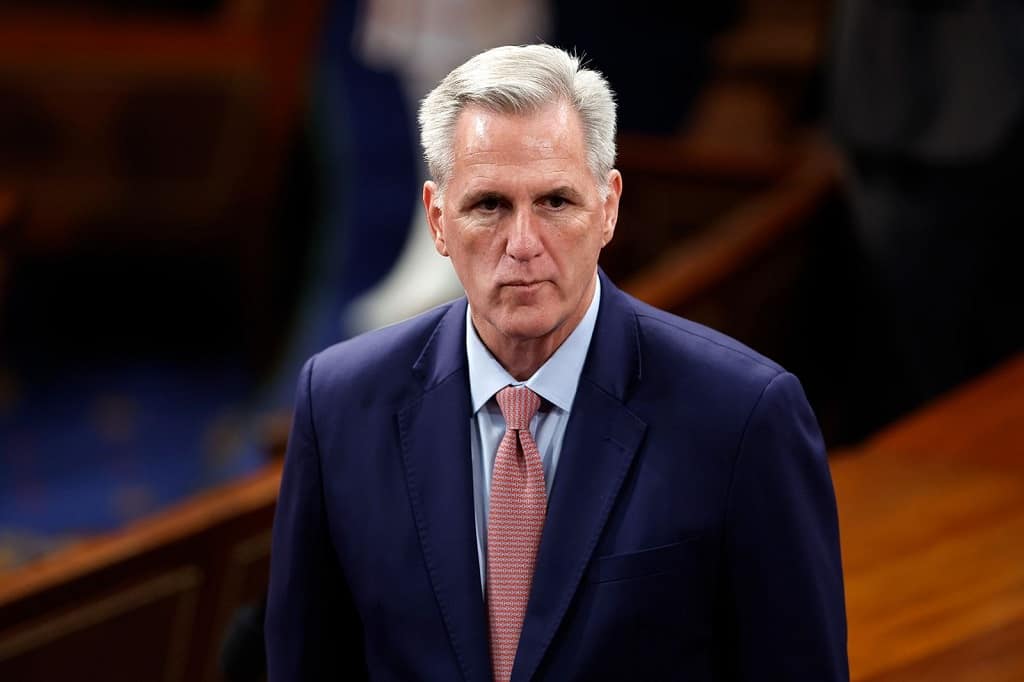Dual Elections in California's Central Valley

Introduction:
Residents of California's Central Valley face a unique electoral scenario this spring, compelled by the departure of former Rep. Kevin McCarthy. With two crucial polls on the horizon, voters prepare to make critical decisions in shaping the representation of the 20th Congressional District.
I. Primary Election - March 5:
On March 5, voters will participate in the primary election to determine McCarthy's successor in the expansive 20th Congressional District, covering Fresno, Kern, Kings, and Tulare counties. The primary serves as the initial step in selecting a new congressional representative.
II. Special Election - March 19:
Following closely, on March 19, a secondary primary election is scheduled to fill the remainder of McCarthy's term. Governed by rules distinct from the standard primary, this special election poses unique challenges and considerations for candidates and voters alike.
III. Election Dynamics and Runoff Possibility - May 21:
A candidate securing more than 50% of votes in the primary election can clinch victory outright. However, if no contender surpasses this threshold, a runoff election on May 21 becomes inevitable, intensifying the electoral landscape.
